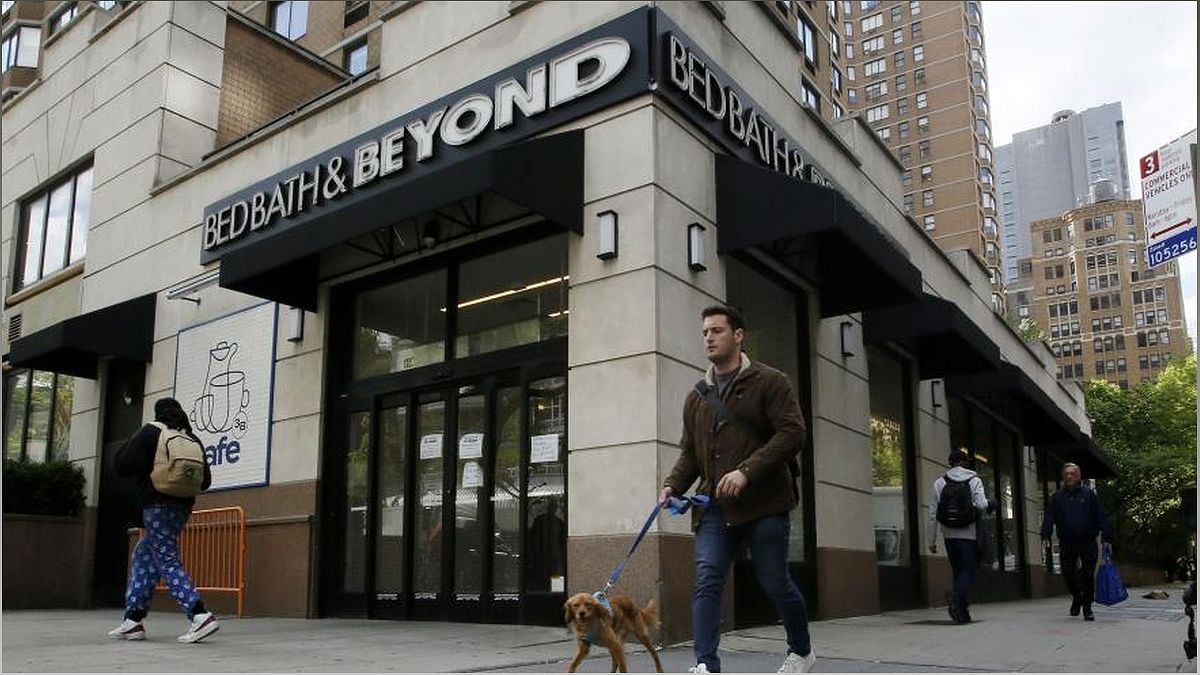The Rise of Empty Bed Bath & Beyond Stores: A Golden Opportunity for Retailers
When major retailers like Sears, Toys “R” Us, and Circuit City filed for bankruptcy, it created an opportunity for other businesses to move into their old storefronts. Now, the same trend is happening with empty Bed Bath & Beyond stores. In this article, we’ll explore how retailers are pouncing on these vacant spaces, turning them into thriving locations for their businesses. From Burlington to Macy’s, companies are seizing this golden opportunity to expand their presence. Let’s delve into the details of this retail phenomenon.
Empty Bed Bath & Beyond Stores: A New Retail Trend
Discover the growing trend of retailers seizing empty Bed Bath & Beyond stores as prime real estate.
In recent years, bankruptcies of major retailers like Sears and Toys “R” Us have left behind a trail of empty storefronts. Now, a new trend is emerging as retailers see the potential in these vacant spaces. Bed Bath & Beyond stores, in particular, have become highly sought-after real estate for businesses looking to expand their footprint.

With the closure of Bed Bath & Beyond’s physical stores, retailers are jumping at the opportunity to secure these prime locations. Companies like Burlington, Michaels, and Barnes & Noble have already taken over several former Bed Bath & Beyond spaces. This article explores the reasons behind this growing trend and the benefits it offers to retailers.
The Appeal of Bed Bath & Beyond Stores for Retailers
Understand why Bed Bath & Beyond stores are attractive to retailers and other companies.
Bed Bath & Beyond stores have unique qualities that make them appealing to retailers. Firstly, their locations in the suburbs of mid-size and large cities provide access to a wide customer base. Additionally, these stores are typically under 50,000 square feet, making them suitable for companies favoring smaller spaces to save on rent and labor costs.
Furthermore, the scarcity of new big box retail spaces due to limited construction since the 2008 financial crisis has made Bed Bath & Beyond stores even more desirable. As online shopping continues to rise, retailers recognize the value of having a physical presence in strategic locations. This subheading delves deeper into the reasons why Bed Bath & Beyond stores are a hot commodity.
Transformation of Empty Spaces: From Retail to Recreation
Explore how empty Bed Bath & Beyond stores are being repurposed for various businesses and recreational activities.
Empty Bed Bath & Beyond stores are not just attracting retailers but also companies in the entertainment and recreation sectors. Indoor pickleball courts, trampoline parks, and bowling alleys are among the businesses taking advantage of these vacant spaces.
Moreover, the flexibility of the store layouts allows for creative transformations. Landlords are dividing the former Bed Bath & Beyond spaces into smaller sizes to accommodate different businesses. This subheading explores the diverse range of companies and recreational activities that have found a new home in these repurposed stores.
Real Estate Opportunities and Economic Impact
Learn about the real estate opportunities and economic impact created by the takeover of Bed Bath & Beyond stores.
The vacancies left by Bed Bath & Beyond stores have presented real estate opportunities for landlords and property owners. Companies like Kimco Realty have seen increased leasing rates, with new leases surpassing the previous rental rates.
Not only are these takeovers benefiting individual businesses, but they also contribute to the overall economic growth of the areas where the stores are located. The influx of new businesses brings job opportunities and boosts local economies. This subheading delves into the real estate and economic impact of the transformation of Bed Bath & Beyond stores.
